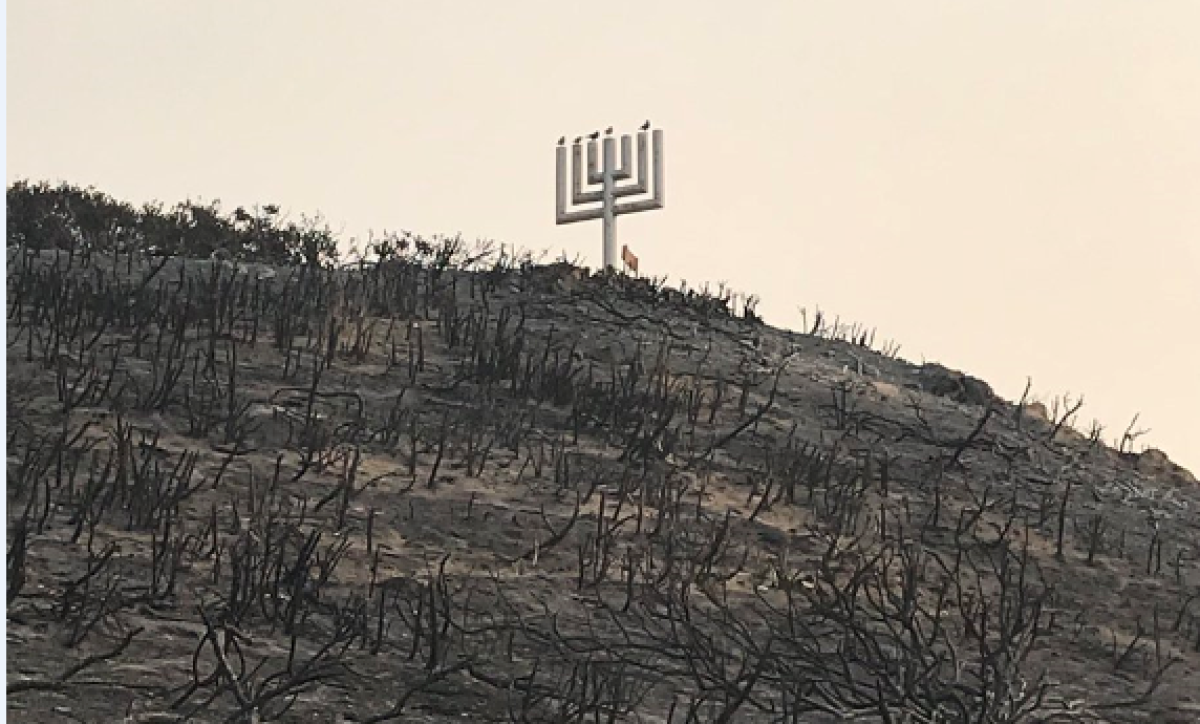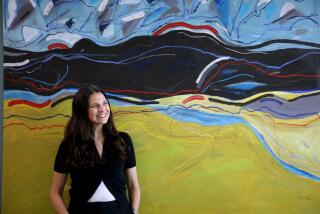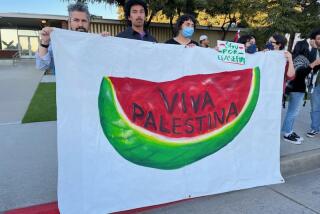Malibu Jewish camps helped give life to the Chicano movement. They were destroyed in the Woolsey fire

One of the first things Rabbi Alfred Wolf did after joining the Wilshire Boulevard Temple in 1949 was start a camping program for children. Wolf envisioned a place that would be the antithesis of the Nazi Germany he had escaped.
And it would be not only for Jewish children, but for other children from Los Angeles’ burgeoning and increasingly diverse communities. There they could organize and try to improve their lot and those of others, said his son Dan Wolf, 68.
The rabbi built two camps in Malibu: the beachside Hess Kramer and its sister camp Hilltop. In the 1960s, they became another home for a group of young Latinos who helped launch the Chicano movement.
This week, the camps’ director, Seth Toybes, confirmed that Camp Hilltop was destroyed by the Woolsey fire.
At Camp Hess Kramer, only a dining hall and a building that housed an infirmary and offices are standing — as well as a wooden menorah and the plaque that commemorated its founder. Out of 28 cabins, only one survived the fire.
The lonely menorah that sits atop Inspiration Hill serves as a literal and figurative sign that the camp will be rebuilt, and that its spirit of empowerment for young people will live on, said Dan Wolf.
Track key details of the California wildfires »
Camp Kramer was the place that planted the seed for many Chicano leaders, including Vickie Castro, who attended the first Latino youth conference there in 1963. Castro would become the second Latino elected to the Los Angeles Board of Education.
“Camp Kramer gave me a voice,” she said after hearing the camp’s fate. “It gave me organizational skills, and it exposed me to a much larger world than my own little neighborhood.”
It was at camp, she said, that she met young people from all over L.A. County who experienced the same problems in trying to get a good education that she did at Roosevelt High School in Boyle Heights. She played a part in forming the Young Chicanos for Community Action, which would become the Brown Berets.
At the 1967 retreat, Lincoln High School social science teacher Sal Castro began to form the idea for a boycott — the East Los Angeles Blowouts of 1968. At least 10,000 high school students, including Castro, boycotted their schools to protest widespread racism and inadequate education standards.
These are the victims of the California wildfires »
Castro said the destruction of the camps deeply saddened her.
“So many good memories,” she said. “It was a life-changing experience for me.”
Dan Wolf said his father wanted the camps to be a beacon for positive change.
“My father was directly involved in saying come use our facility to make your plans to make change,” he said. “I’m sure back in those days there were places they couldn’t go.”
Since it was built in 1952, the camp has been a haven for generations of children, some coming from abroad and out of state.
“There’s this connection that develops with that place … and I believe when it’s rebuilt that connection will continue. That won’t be lost.”
Toybes and Wolf said they are already planning to rebuild the structures and will host camp in a rented space until construction is complete.
“We’re going to have camp this summer, no matter what,” Toybes said.
alejandra.reyesvelarde@latimes.com
Twitter: @r_valejandra
More to Read
Start your day right
Sign up for Essential California for news, features and recommendations from the L.A. Times and beyond in your inbox six days a week.
You may occasionally receive promotional content from the Los Angeles Times.







